How Bond Girls became the most dangerous women in the world

At the start of 1962's Dr. No, a Blackjack gambler suavely introduces themselves and the tone of the thrills to come.
"Trench, Sylvia Trench,” says the brunette in red chiffon to an unseen player across the casino table. Cut to the franchise’s first shot of Agent 007: Sean Connery, eyes alight with flirtation, as he parrots, "Bond, James Bond."
Cue theme song and seven decades of frisson between the British spy and the women who make him look as cool as a frosted martini. Bond Girls — the sobriquet most of the actresses who’ve played them still prefer — have evolved, and devolved, over the years and we’ve been waiting (and waiting) to see what No Time to Die’s new leads Lashana Lynch and Ana de Armas will add to their legacy. (“I wear the gown. She wears the pants,” de Armas has teased.) But from the series’ opening encounter, it’s clear that Bond would be nothing without his babes. It’s Sylvia who sparks his iconic intro, and minutes later, takes the initiative to break into his bedroom wearing nothing but gold heels and his pyjama top. But when Sylvia pulls the secret agent close for a kiss, she keeps her eyes open. Around Bond, a girl can't let her guard drop.
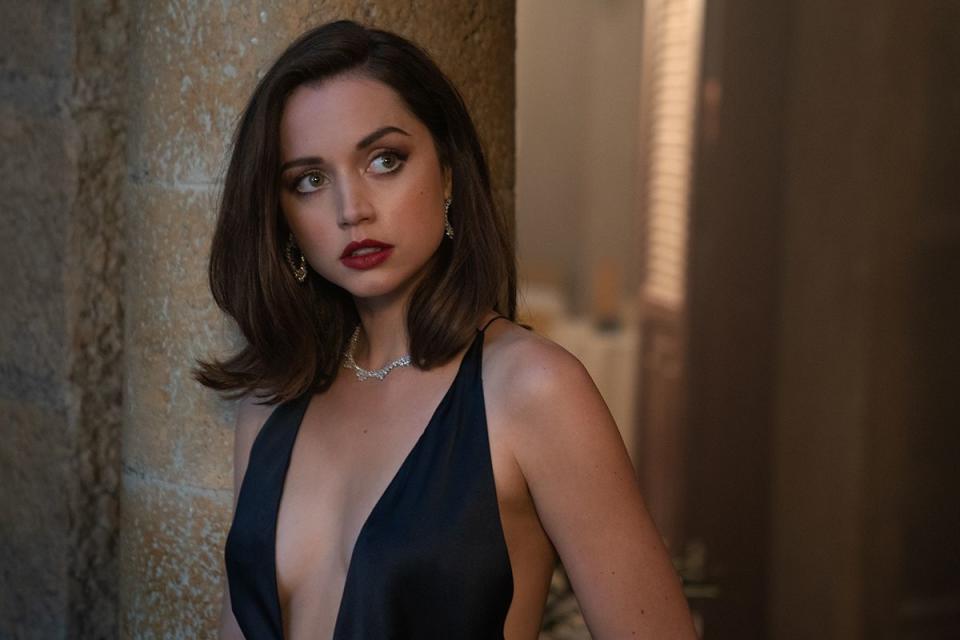
Actress Eunice Gayson signed onto the role of Sylvia believing this brazen bombshell would be a recurring character destined to become Mrs. Bond. Alas, a few reels later, her hopes of monogamy were drowned by the Aphrodite-inspired entrance of Ursula Andress slinking from the sea bearing two conch shells and a knife.
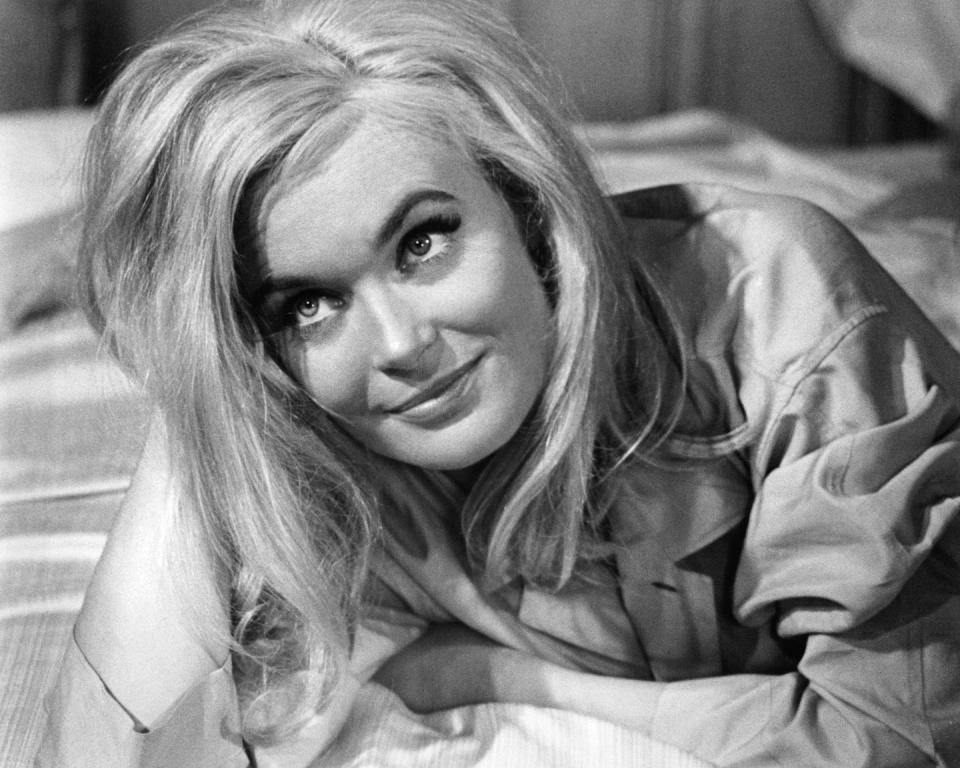
Sorry, darling. Bond belongs to the world. Specifically the Miss Jamaicas, Frances, Israels, Italys, Austrias, Swedens, and Malaysias awaiting his embrace in every port. (And, thanks to Halle Berry, a Miss USA as well.) But while Bond Girls have been waved aside as holding women back — Angelina Jolie once told former Sony head Amy Pascal that she’d only play Bond — there’s no denying the actresses’ international glamour has expanded the film industry's idea of cast-able allure. Provided, of course, they’re slender and leggy even when tasked to bench-press a KGB officer, as Grace Jones does in A View to a Kill.
James Bond rarely goes for wallflowers. He’s drawn to athletic beauties already enjoying adventurous lives as pilots, psychics, and astronauts even before they bump into his, er, loaded gun. Sure, a buxom nuclear physicist named Christmas Jones is a ludicrous fictional fantasy—but so is 007 himself. Have you met a tuxedo-clad sex-a-holic who’s saved the world 26 times? And while two out of five Bond Girls suffer a brutal onscreen death—especially during the Roger Moore era when the agent was dedicated to combatting the Cold War and feminism—at least the actresses themselves achieved screen immorality. Achieving worthy roles post-Bond, however, proved to be as tough as preventing Goldfinger from irradiating Fort Knox.
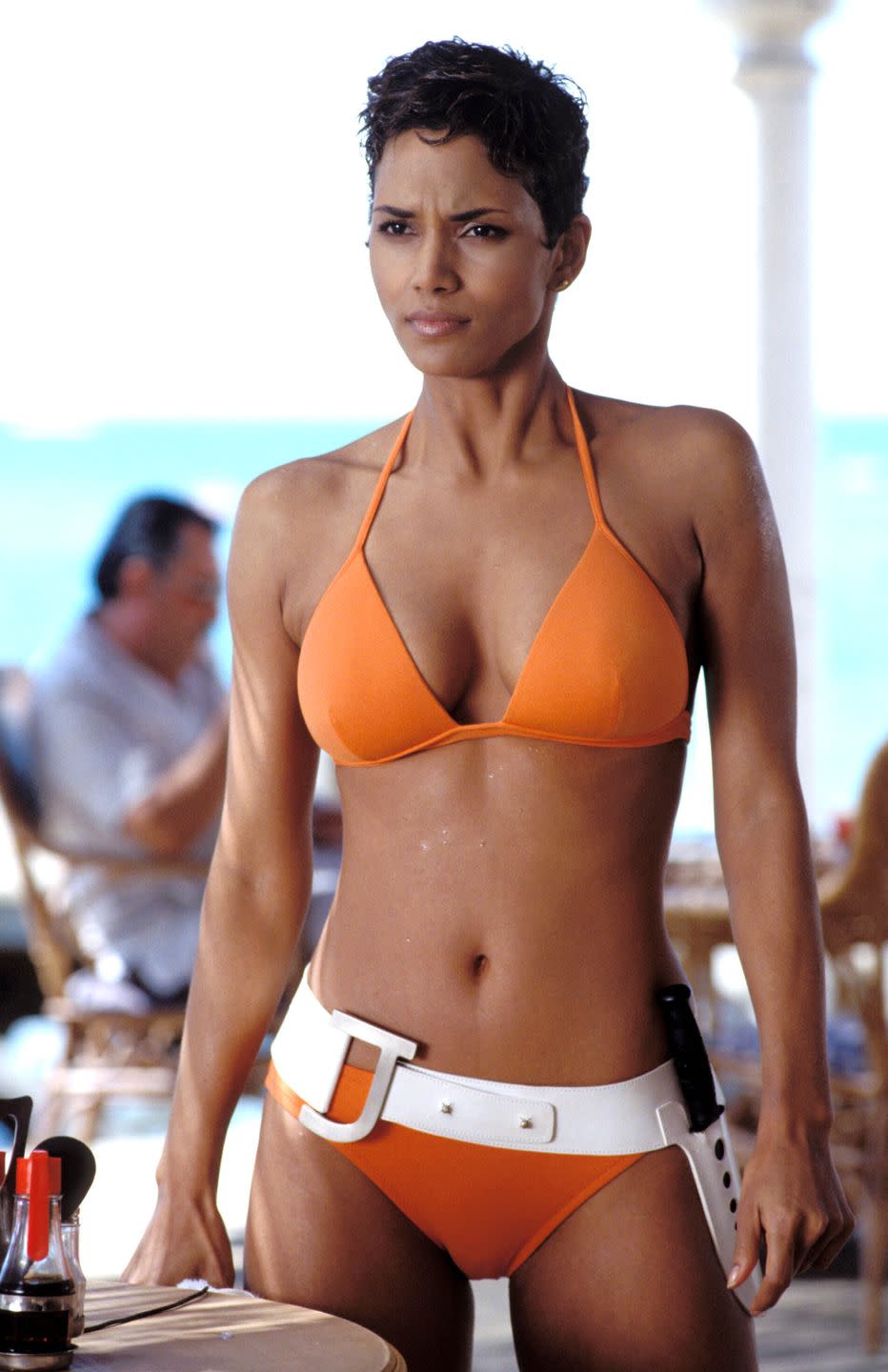
"I had to learn how to horseback ride, I had to learn how to pretend to play all the Dvořák pieces on the cello," Maryam D'Abo says over the phone from Paris. “I never had time to reflect.” After D’Abo’s Kara Milovy, a cellist-turned-KGB sniper, helped Pierce Brosnan flee the Mujahideen in Afghanistan in The Living Daylights, she was beset by paparazzi and fan letters, yet struggled to build a career out of her sudden fame. "I realised that I was always going to be seen as a Bond Girl," D’Abo sighs, so with Milovy-ian resourcefulness, she decided to make her own film, a documentary called Bond Girls are Forever.
"It was interesting seeing what some of the actresses went through depending on what decade it was," D'Abo says of interviewing her fellow comrades-in-charms. Dr. No premiered one year after Betty Friedan’s The Feminine Mystique at the dawn of the free-loving ‘60s. Yet, the early sirens endured retrograde psychology. In Goldfinger, lesbian Pussy Galore is converted to heterosexuality when Bond pins her down for a kiss. At least Pussy spends the rest of the film leading an all-female pilot squad who flies figure-8’s over that decade’s other female icon, the passive Playboy Bunny.
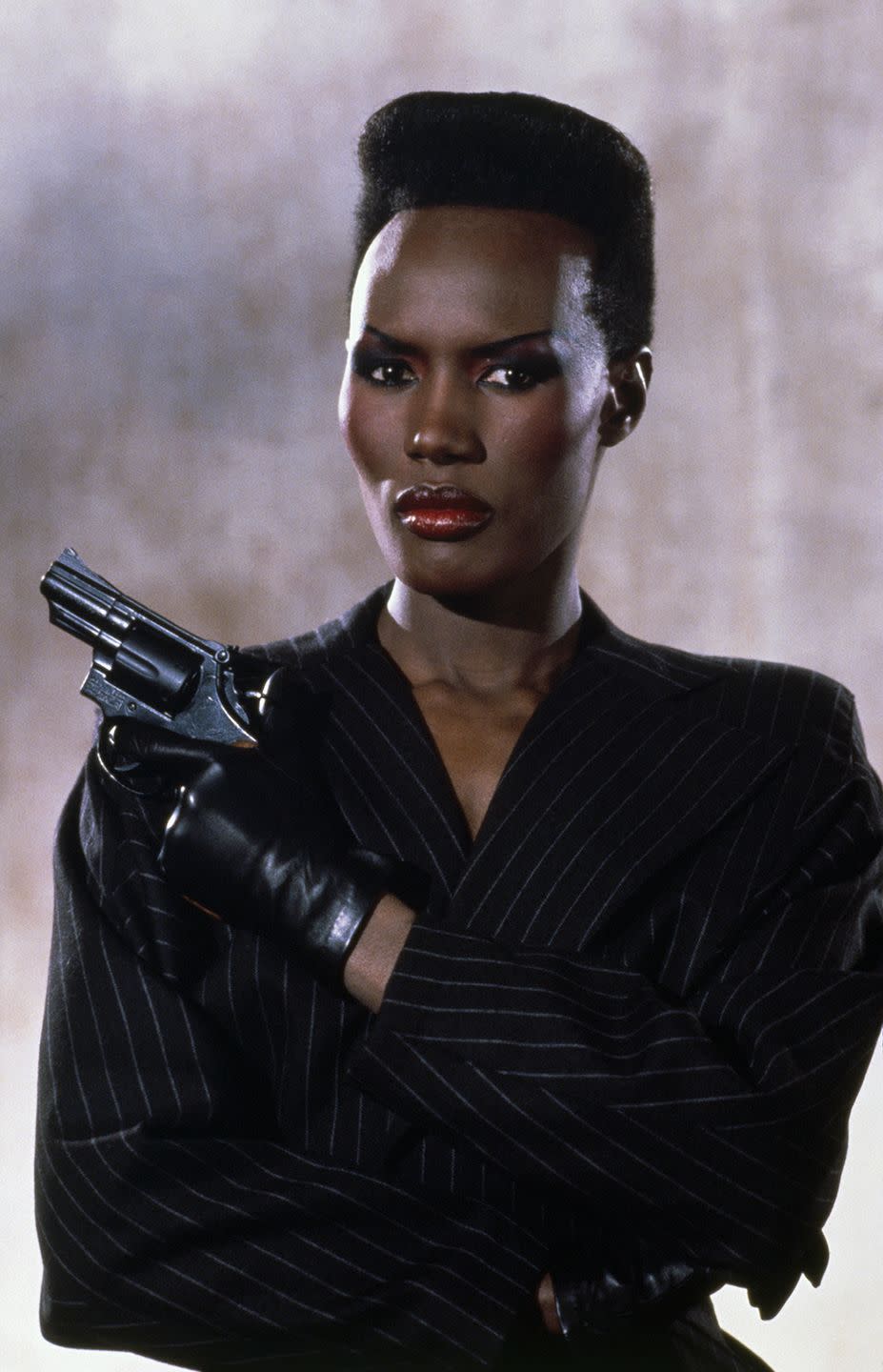
Even Gloria Steinem was photographed in a 007 sweatshirt. Still, as Steinem voice rose, so did an anti-feminist backlash that made the Roger Moore ‘70s positively Cro-magnon. Moore’s Bond backhanded Tiffany Case, tricked tarot reader Solitaire out of her virginity, and shoved love interest Mary Goodnight into a hotel closet where she spent a cramped night listening to him seduce another woman. And those were girls he liked.
Thankfully in the ‘80s, Timothy Dalton's Bond preferred to keep his pistol in his pants, perhaps as a reaction to the AIDS epidemic when bedding dozens of strangers suddenly seemed riskier than being strapped down with a laser pointed at your crotch. What, then, was a Bond Girl’s purpose? The franchise was paralyzed by that question when D'Abo took the screen in 1987. "I was a transition," she says, a character trapped in a limbo between a passive damsel and pro-active protagonist.
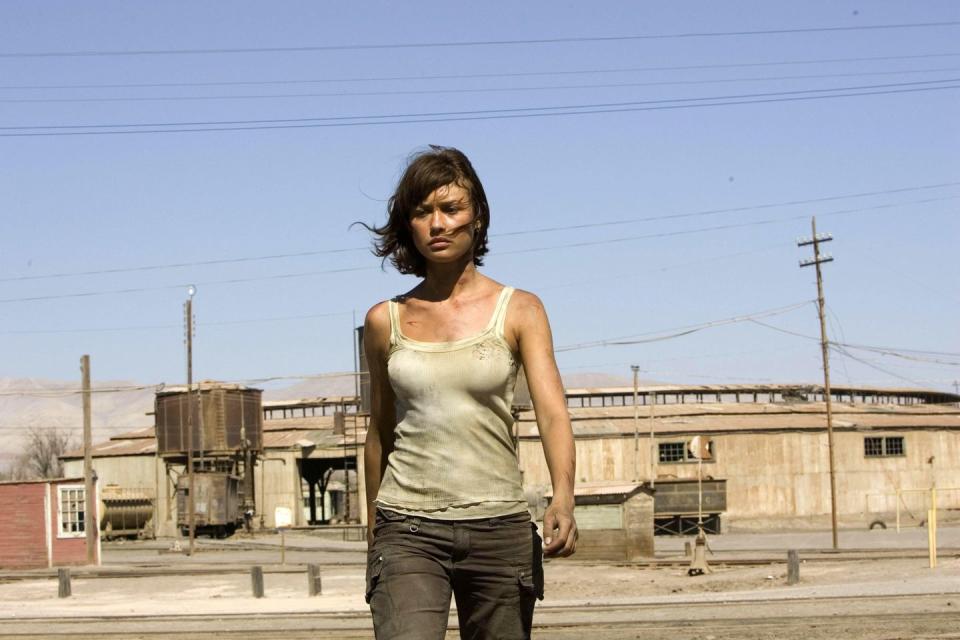
The answer was the Bond Girl had to throw a few elbows herself. For Michelle Yeoh's Colonel Wai Lin, those elbows are literal. She’s far more credible taking down a chopper with a clothesline than smooching Brosnan on a raft. For Judi Dench’s M, MI6’s first female boss (assuming one doesn't count the Queen), that means forcing Bond to submit to her. In her inaugural scene, Dench cooly diagnoses Bond as "a sexist, misogynist dinosaur." Off-screen, however, Dench swooned. As she writes in an email, "My husband, Michael, was very keen on being able to say he lived with a Bond girl!"
Enlisting Dench in MI6 allowed the franchise to call out Bond's callousness. When Daniel Craig seized the Walther PPK in Casino Royale, his Bond immediately gets a woman killed. M looks at him like a worm crawled out of her cocktail olive and says, “Quite the body count you're stacking up.” Later on in the film, Eva Green's Vesper Lynd, a treasury officer with a clever grin, diagnoses Bond as "think[ing] of women as disposable pleasures, rather than meaningful pursuits." She’s attempting to parry Bond’s advances. Instead, Bond falls in love.
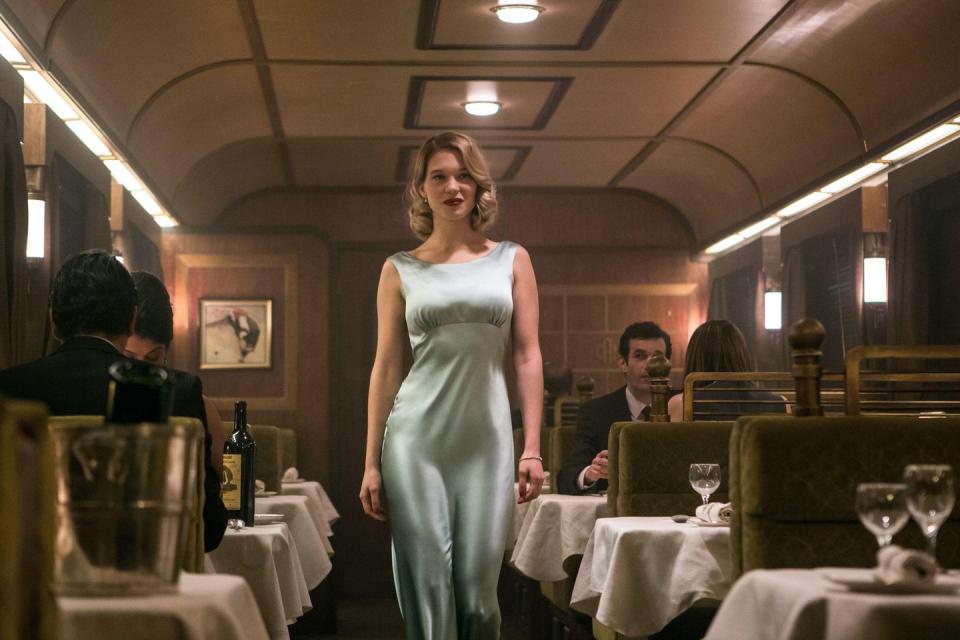
In Vesper, Bond meets his match. Pity she’s dead by the end of the film—and worse, that her death has so far cursed the brokenhearted agent to treat every woman in her wake with apathy careening into murderous neglect. Fittingly for an era where female rights have taken two steps forward and two steps back, the Craig years have encompassed the Bond Girls’ highest highs and lowest lows, the lowest of all being Skyfall’s wretchedly abused Sévérine (the breathtaking Bérénice Marlohe), who survives being sex-trafficked at 12 only to be executed while balancing a glass of scotch on her head.
"A waste of good scotch," shrugs Craig’s cold and grief-stricken Bond. A glass of 1962 Macallan, to be exact—a vintage exactly as old as the franchise. Here's hoping that 70 years after Sylvia Trench gave the super spy his suave introduction, Bond himself is capable of maturation.
You Might Also Like


